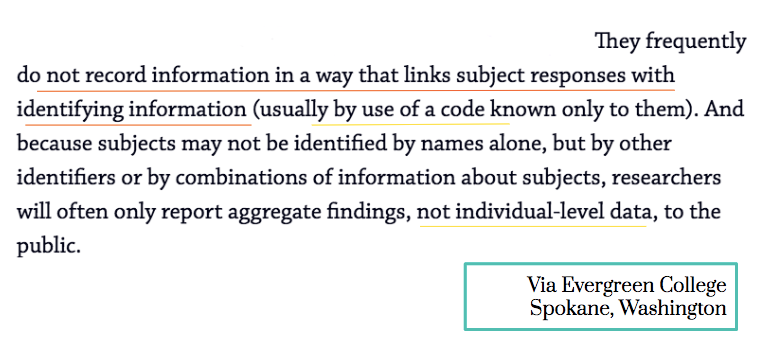Results, Conclusion, and Reflection
- kdvasquez14
- Apr 14, 2023
- 3 min read
As mentioned in my last post, after my project approval from the IRB Board, I visited the websites of every elementary school in the Metropolitan region - that’s over 300 schools - to find the contact information of their principals. This region, defined by the Colorado Department of Education, includes 18 districts. However, I only included public, K-5 schools, which did help to narrow my scope.
There were three districts; Mapleton 1, Platte Canyon, and Clear Creek RE-1, which were immediately eliminated from study, either because they didn’t have any applicable schools or because contact information was not available. You would be surprised how difficult it can be to find the name and email of a principal.
I worked with my research advisor, Mrs. Dobos, to send out professional, yet urging emails to the remaining 15 districts, asking them to fill out my survey.
I ended up with 36 responses and some criticism from Adams 12 School District, who opted out of participation, despite the fact that one of their principals did submit a response. Regardless, I removed their schools from my data entirely and moved forward with the principals who were generous enough to collaborate with me on this investigation.
Unfortunately, I cannot reveal the results of my survey, as this information is very sensitive. While I did present my statistics in my final presentation, the data I collected must remain confidential for the safety and security of my schools.
However, I can share a small screenshoot of what my spreadsheet ended up looking like, for those curious.

My top priority throughout the creation of this project was anonymity and confidentiality. So, in an attempt to ensure voluntary participation, I provided a “prefer not to answer” option for each question. There’s also room for some short elaboration, in order to gather as much detail when necessary. Additionally, I referenced this definition of a "responsible researcher" from Evergreen College in Spokane, Washington, in order to further ensure that schools would not be identified at any point in my analysis. In this article, a process of “coding” data to guarantee anonymity is explained. I applied this to my own project by assigning a randomized number to each district and a randomized letter to each school (which can be viewed in the example data image above).

Despite my success, there were some limitations that may have influenced the accuracy of my study. The first, of course, is that not all the schools I reached out to were willing to participate and this does skew some of the data, as not every district is represented equally. Additionally, in order to gather the most responses possible, I needed to make sure my survey was not a major inconvenience to these educators. For this reason, I had to make it relatively quick and easy, so there isn’t a ton of detail in the information I've gathered.
The three main conclusions I've drawn are as follows: first, my hypothesis was mostly incorrect (the majority of schools did meet the criteria I tested for); second, there are some areas in which our region has room for improvement; and third, this information is still incredibly difficult to obtain. When I set out on my research journey, I assumed that there would be a substantial lack of uniformity and overall underdevelopment of security programs. However, this proved to be incorrect. I found that the majority of schools are on the same page and practice many of the protocols I inquired about in my survey. While this is reassuring, there is more than can be done to protect our students. Rather than letting the conversation regarding school safety be clouded by controversial political dilemmas, educators must focus on what can be done now to help kids. The improvement of safety technologies and practices is not complex, it's very simple and very necessary.
Reflecting
In order to mitigate some of the uncertainty of the research process, I made sure to prepare extensively. As mentioned earlier, I generated a comprehensive contact list by reaching out to a very large region, in order to get as many potential responses as possible. Although it was very time consuming, this made me more prepared and allowed me to pull from a much larger sample.
Walking away from this project, I would say that the most valuable skill I acquired was communication experience. Appealing to professionals and reassuring my participants was an integral part of collecting responses. Going through the IRB Board and giving my proposal to a group of experts was absolutely necessary to ensuring my research was ethical. There were many steps in this process that I did not expect, but they made principals and administrators more willing to work with me. Additionally, I realized the value of asking for help. If I had not asked my research advisor to help send out my email, it likely would've been disregarded by the recipients. Collaboration definitely takes commitment and preparation.







Comments